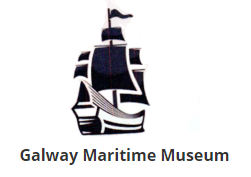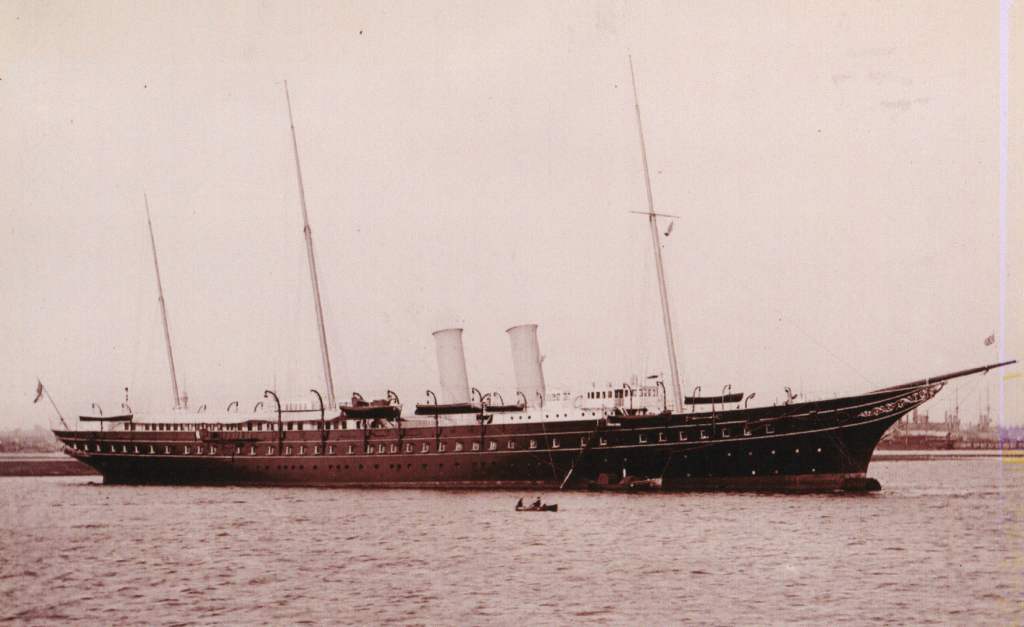Trade between Galway and the Continent in the 15th and 16th century

There was little or no trade between Galway and the Continent in the 15th and 16th century. Galway, a town with a population of around 3,000, did not have products in sufficient quantity to export or a big enough population to absorb imports. Poor agricultural land, rudimentary farm practices combined with lack of basic infrastructure eliminated the potential for commercial activities. Cow hide is a secondary product of the beef industry. It would have taken hundreds, if not thousands of cattle to be slaughtered to fill the hold of a single ship with hide. Whilst there was a lucrative market for hide on the Continent, Galway did not have the required capacity for the production of beef on such a large scale
There is no evidence in the old maps that Galway was a hub of commercial activity. There is no evidence of fish processing facilities, warehousing, customs, bonding facilities or Guilds. There are no outstanding civic or administrative buildings standing today that could be associated with a thriving maritime trade.
Galway did not have a commercial fishing fleet of its own able to compete with the British, the French, the Spanish and the Portuguese, fishing the rich grounds off the Aran Islands. The Continental fleets were often accompanied by ‘mother ships,’ enabling the fish to be processed more efficiently, and economically at sea in preference to Galway. Foreign fishing boats did occasionally visit Galway to barter their fish in exchange for hide and wool. Commercial fishing off the coast of Galway went into rapid decline with the discovery of the fishing grounds in Nova Scotia.
Galway docks did not exist at the time. The port was then located at the blind Arch (Spanish Arch). The tide variations and fast flowing river Corrib, at this location, made it difficult for sailing ships to arrive and depart safely and in a timely manner.
There were only three or four Galway families involved in trade with the Continent. The most successful was the Lynch family. They had a (family) base on the Continent. They had their own ships and exported wine, from their own vineyards, to Galway and other ports along the south and west coast of Ireland.






In 1940, as WW2 raged in Europe, American citizens were advised to return home for their own safety. Two passenger liners, the SS Washington, and the SS President Roosevelt arrived in Galway to help carry out this operation.



Americans departing Galway docks, homeward bound, to escape the war in Europe.

American citizens being delivered to the SS President Roosevelt from Galway onboard the tender Cathair an Gaillimhe.